
views
Pre-Production
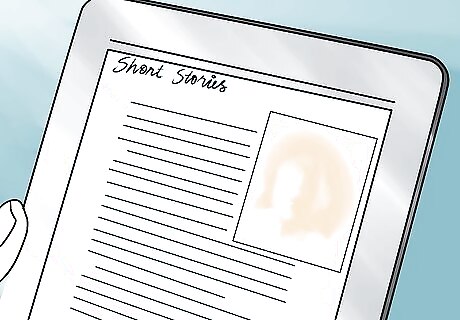
Choose a subject -- what you want to make a film about. Remember, you'll need to complete the project. Think about who, what, and where you'll shoot. Form a basic idea for a story and if you're having trouble, read short stories for inspiration.
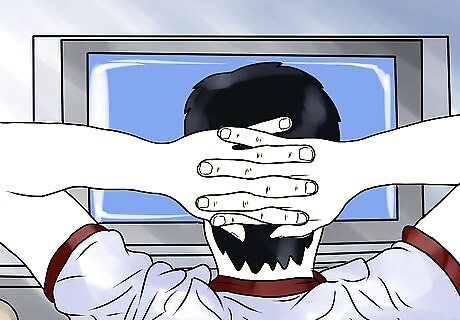
Watch documentaries. Once you have worked out what style of documentary you are going to make, analyze similar documentaries to identify conventions. Make sure you pay attention to the documentaries narrative structure, as this is where most amateur documentary filmmakers go wrong.
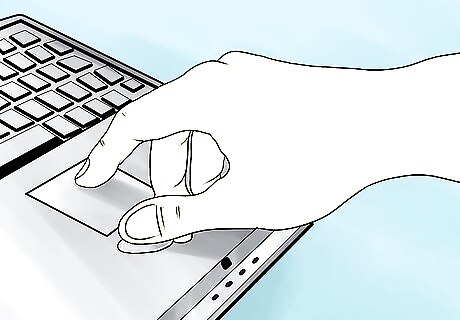
Write a treatment. This initial document should include a summary of the documentary, and the goal or purpose of the film. Outline your script, covering each major section but keeping the outline under 300 words.
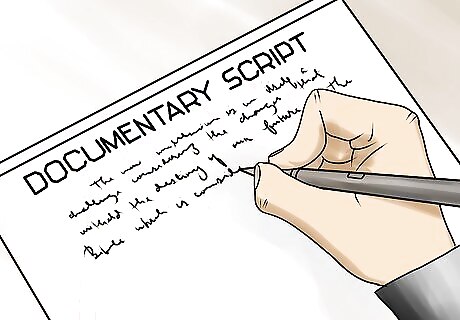
Script your story idea. You will need to have a script, or you can't have a film. While thinking of an idea, make sure you write something attractive to your viewers. For example, If you're giving the script to someone who likes drama, add lots of drama. Comedy, add comedy, etc.
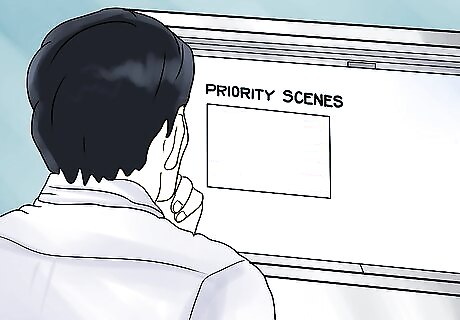
Prioritize scenes. From your outline identify priority scenes.
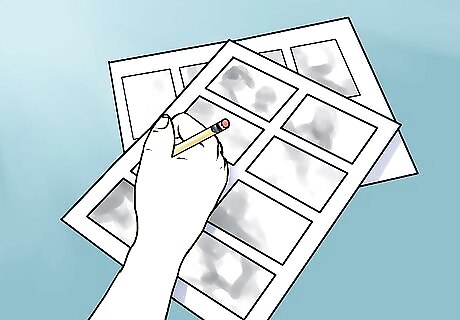
Draw out a storyboard, illustrating the shots you plan to use. Don't worry about following the storyboard perfectly. It's just a good idea to get your thoughts on paper and a great way to see if you can communicate an idea "visually" rather than needing the actors to verbally communicate the concept. The viewer is watching first and listening second. If you prefer a more structured approach, create a shot-by-shot list of all your camera work.
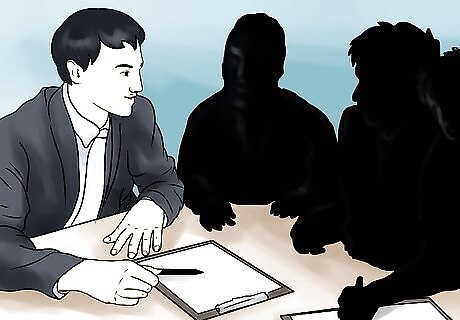
Get feedback. Show what you have so far to friends, family, teachers, etc. Polish your work until you're ready to film.
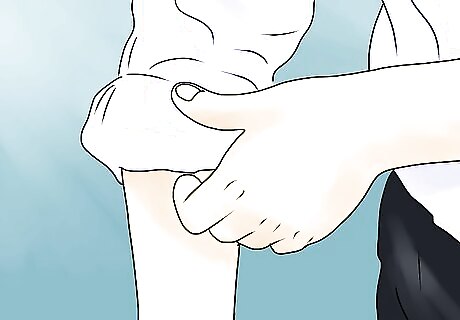
Be prepared. Brainstorm the worst things that could happen during making your documentary and how will you deal with these. Remember to look at both technical problems and story problems.
Production

Get ready to shoot it. Choose the equipment, something that can record video. There are many choices. This process might take months or even years, but you have to keep looking. Make sure your video recorder works with your VCR or editing equipment.
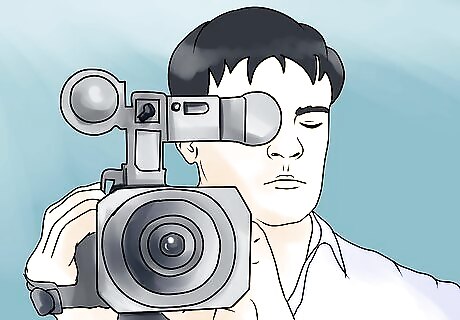
Learn a few features, and review how your recording device works. Learn how to start and stop recording, fast forward, rewind, playback, and anything else that you might need. Save the special effects for your second or third project.
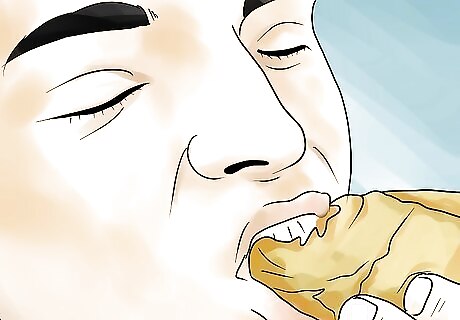
Find people who aren't busy and are willing to work hard on your film. Provide food or payment for your crew if you can. Otherwise, see if you can do any favors for them after they help you. They'll appreciate it and be able to hang around longer.

Create a schedule. This will keep you focused on your project. Get a diary. Identify what days you and your crew is available. Jot down priority scenes. Film interviews early on.
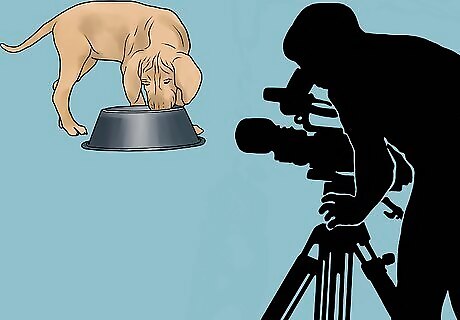
Shoot your footage. If you want to highlight your pet, you can shoot video of your pet eating, sleeping and playing and perhaps put it to music. If you are under a tight time pressure, consider using a second camera as this will enable you to be twice as efficient.

Interview the subjects. Plan questions. The easiest way of doing this and keeping focus is to write who, what, when, where, why, how, and then brainstorm questions around these. Subject must be comfortable around the camera and open and honest. Talk to them before filming, you could talk for half an hour or more to make the subject comfortable around you.
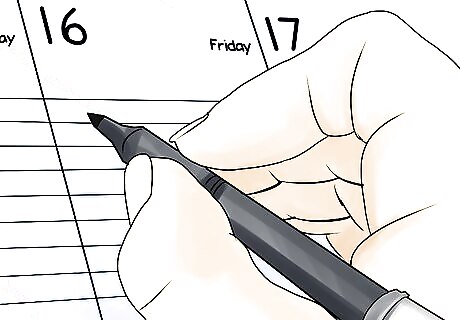
Keep a diary. Keep a diary where you write how the filming went, what mistakes you made and how you could avoid these next time and ideas for what to film on other shoots.
Post-Production
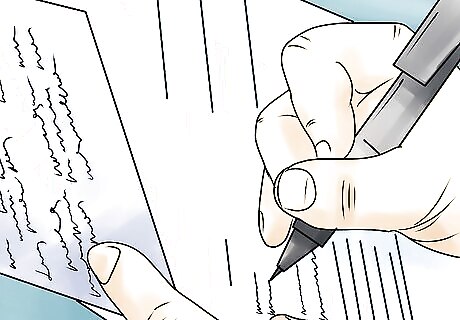
Log footage. Before you proceed to editing your film watch all your footage through, writing notes on every shots stating if it works, are there technical problems. This will save you a lot of time when editing.
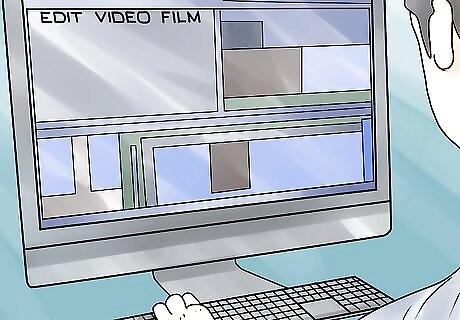
Edit your film. Many cameras edit in limited ways and some have special effects. Learn how to "cut" pieces of your footage together and put music or speech over your video. Check your camera's manual or use a software package like iMovie to make your final cuts. One way is to use your VCR or DVD burner to make copies for friends and auditions. If your film is digital, you can also output your final edit to a readable format to send via email. Also if your film is in digital format you can upload to YouTube or another video sharing site. Check up with the website's video formats to see if you can upload your movie.


















Comments
0 comment